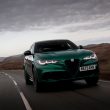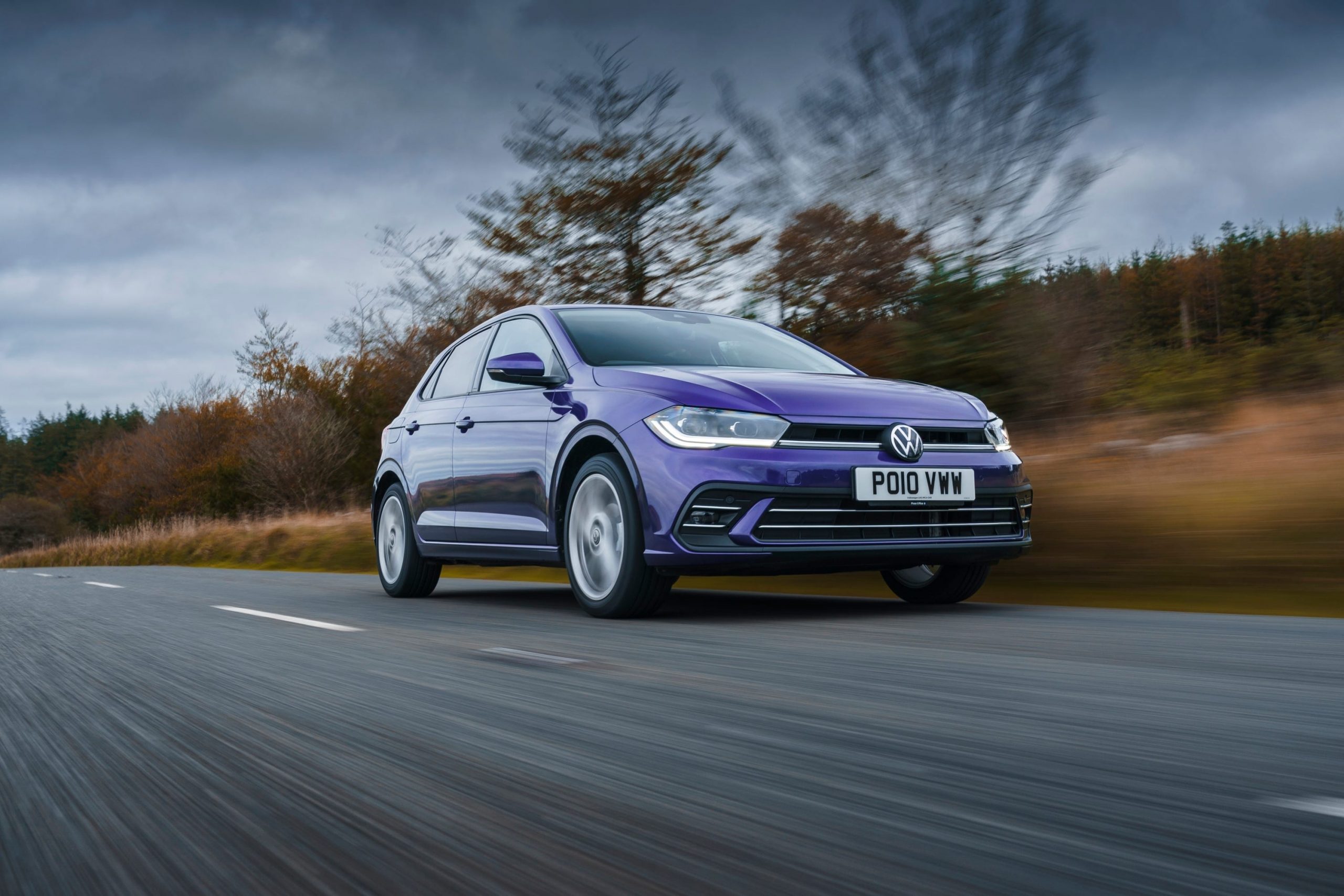Even just a few years ago, if you wanted an EV that you could comfortably do longer trips in, your options were a Tesla… and that was pretty much it.
But the car to change that was the Hyundai Kona Electric (and its Kia e-Niro twin for that matter). Launching in 2018, this electric crossover packed a large 64kWh battery that unlocked a real-world range of more than 250 miles. Initially, Hyundai couldn’t build enough of them to cater for demand, though that’s changed recently and now Hyundai is back with a facelift to try and improve things further but has it succeeded?
First things first, the one thing that hasn’t changed on the Kona is its powertrain. Given it pretty much sets the pace three years after its initial release in this respect, you can hardly blame Hyundai either.

So instead these changes focus on the cosmetics and the interior, with the Kona getting a funky new ‘closed grille’, essentially meaning it has a flat face. There are new LED lights too and the usual new range of colours and wheel options that come as part of a facelift, while inside there are greater connected services and – like the regular petrol Kona – a new digital dial display.
Like before, a 39kWh battery model kicks off the Kona range, delivering a claimed range of up to 189 miles. Most buyers, however, opt for the larger 64kWh battery that features in our test car. Combined with an electric motor producing 201bhp and 395Nm of torque, this Hyundai can reach 0-60mph in 7.7 seconds and a top speed of 104mph.
But it’s the claimed 300-mile range that really impresses, and is the longest of any EV costing under £35,000, or in other words the most of any car that qualifies for the plug-in car grant.

While not quite so quick to charge as other EVs, you can rapidly charge its battery to 80 per cent in around 50 minutes, while when charged overnight at home with a 7kW wallbox it would take just over nine hours to replenish fully.
We might keep wittering on about the Kona’s range, but it really is a highlight. While other EVs will only get remotely close to their claimed ranges in prime conditions (e.g a constant 50mph, no climate control, etc), with the Kona you can still sit at 70mph on the motorway and with the air-con on without worrying it’ll stop you reaching your destination.
The other thing that stands out about the Kona is its performance. As with any EV, that power is available immediately at the press of a pedal, and this Hyundai can get up to speed at a rather silly rate – it even spins the eco tyres if you’re not too careful. Despite the pace, though, the Kona is best at a cruise, though the ride – which is firmed up to deal with the extra weight of the battery – could do to be a bit more settled.

Facelifts always divide opinion. Sometimes they’re truly for the best, while other times manufacturers are just messing with something that was fine as it is. We can’t help but feel the latter is the case with the Kona.
While the funky stacked headlights remain – albeit reconfigured – the smoothed-off front end is a bit of an odd one. It’s almost like a prototype that Hyundai has forgotten to take the camouflage off. That said, the neat proportions of the Kona remain, while the body-coloured plastic wheelarch surrounds make a refreshing change to the cheap-looking unpainted black plastics usually found on crossovers.
Inside, the Kona Electric isn’t hugely changed from before, though the new 10.25-inch digital instrument cluster is a welcome addition. Like the main touchscreen of the same size, it’s super easy to use and crystal clear in terms of graphics. The lack of transmission tunnel (compared to a petrol Kona) frees up space for a roomier centre console, while a lack of ‘gear stick’ – rather just buttons for Drive, Reverse, Neutral and Park – helps with this too.

It’s a shame the rest of the Kona isn’t quite so roomy, though. The 332-litre boot isn’t much bigger than your typical supermini, while rear space isn’t much better – not helped by the sunroof on our test car. If you want a practical Hyundai EV, you’ll want the brand’s upcoming Ioniq 5.
Regardless of trim, you get plenty of equipment included. The range kicks off with the SE Connect, which limits you to the 39kWh battery model, though standard kit still includes a reversing camera, keyless start and entry and the large dials and touchscreen we’ve already mentioned.
Upgrading to Premium specification- which is available with both battery sizes – brings heated front seats, a wireless phone charging pad and electric folding mirrors. Top-spec Ultimate models limit you to the big battery, and add electric front seats, leather upholstery and a head-up display.

The changes to the Kona Electric might be slim, but prove just how ahead of the game this Hyundai was at its initial launch. Its 300-mile range still sets the pace for EVs at this price point, while punchy performance and a well-built interior really help to set it apart from rivals like the Vauxhall Mokka-e.
Though the restyled front end and practicality misgivings won’t suit all, the Kona remains one of the best cars in its class, and ideal for those looking to make the switch to an EV for the first time.











